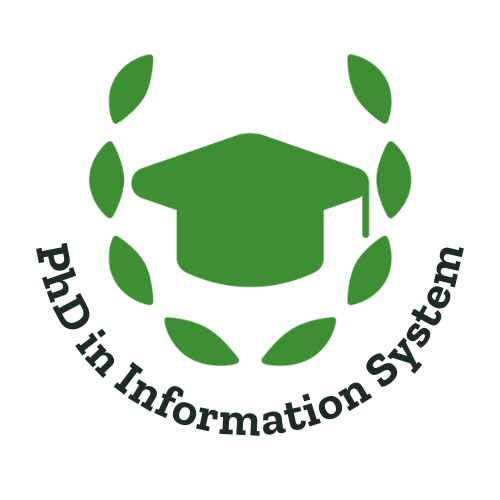When you start your PhD, you quickly discover that academic research papers are often difficult to comprehend and are time-consuming. Reading research papers is indeed no small feat. However, knowing how to read effectively will save time and improve your research writing skills. Moreover, knowing how to read academic research papers helps you make the most of your reading, especially in your first few semesters and if you’re from a non-business discipline.
There are many suggestions on the internet for how to read research or scientific papers. For those suggestions to work for you, you must articulate why you’re reading the paper. The ‘why’ directs how you’ll read it. For example, suppose you’re reading mandatory assigned articles that you’ll need to discuss during a class session. In that case, the methods you’d employ may differ from when reading articles for a literature review.
Before you start reading any paper, you should know the structure of a scientific paper. That way, you know which parts to pay more attention to.
Academic Research Papers: The Structure of Scientific Articles in the Business Field
Business research includes management, management science, information systems, operations research, marketing, logistics, accounting, and finance. The structure of the research articles in this area includes:
- Title, Abstract, and Keywords: The title, abstract, and keywords section is usually on the article’s first page and usually summarizes the article. The abstract tells you the study’s objective, the methods used, the findings, and how the study contributes to academic research papers and practice.
- Introduction: The introduction is where the researcher describes the problem they are trying to solve. This section also briefly describes the study’s objective, the research questions, and how the study solves the problem.
- Literature review: The literature review section describes previous studies that have tried to solve the problem and why the current study differs from past studies.
- Theory: The theory section describes the overarching theory or principle that explains the behavior or phenomenon of interest. The theory section is also where the researcher describes the hypotheses. A research model usually pictures the hypotheses. I have included a sample research model below (See Figure 1).

- Methods and results: The methods section is where the data, data collection, and hypothesis testing are described. The results from the hypotheses test are described here as well. This is when your eyes start glazing over, and you probably wonder why you’re putting yourself through this torture. Alright, this was my expression when I started my Ph.D. 😊.
- Discussion: The discussion section is where the results are described in terms of their contributions to research and practice.
- Conclusion: Finally, the conclusion is where the study is summarized again, but in a different way from the abstract. Here it describes the study’s objectives, how and whether it fulfilled those objectives, the findings, and its contributions.
Effectively Reading Scientific Articles Based on Your Reading Objective
Below are many reasons you read a scientific article and how you might approach reading.
- Mandatory assigned reading materials – This is when you’ve been assigned some reading in your class. Knowing the study’s objective, methods, and results are essential. You should start by reading the abstract, theory, research model, and results. This gives you an initial overview of the study. You should take notes. Your summary and notes should cover the study’s objective, the theory, the hypothesis, whether they passed or failed, and the contribution. Depending on your time, you should then carefully read the introduction, hypotheses, and discussion.
- Mandatory literature review (assigned) – This is when you’ve been assigned to perform a literature review as part of your duties as a research assistant for a professor. In addition to all the components mentioned in #1, you should identify how the article fits within a larger picture. The strategy I’ve used here is to document first, then read later. You should have a template for documenting the major parts of the study. After documenting at least 10 to 15 studies, you review them to see whether they’ve already addressed a research problem. You should take notes but also summarize what you’ve just read in your words. When you summarize what you read in your own words, it’s easier to identify connections with the larger body of work.
- Discretionary literature review – you’re doing a literature review for your own research. Here, the method applied to read those articles are similar to #2; however, the difference is that you have more understanding of what you seek to find in the study. Therefore, you may be more diligent in identifying whether your research question has been answered by others or the gaps that remain.
- Structure and style emulation – you’re trying to write and sound like a researcher in your domain. You are trying to emulate the structure and writing style and apply them to your academic research papers. Given that you want to emulate their writing style, you should read and re-read each section to see how each part is articulated. Since the audience of your research is probably the authors of the paper you’re reading, you want to stay within the norms of writing.
No matter how difficult it may seem to read scientific research papers, it becomes more manageable the more you do it, especially when you understand why you’re doing it.

